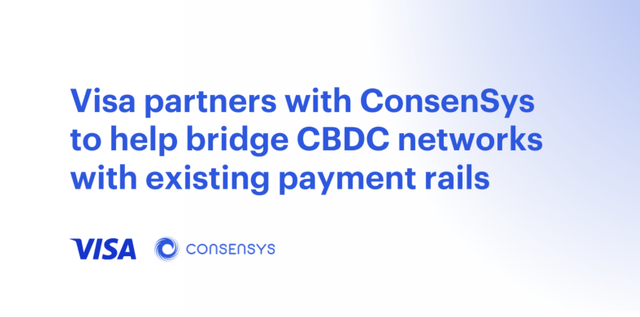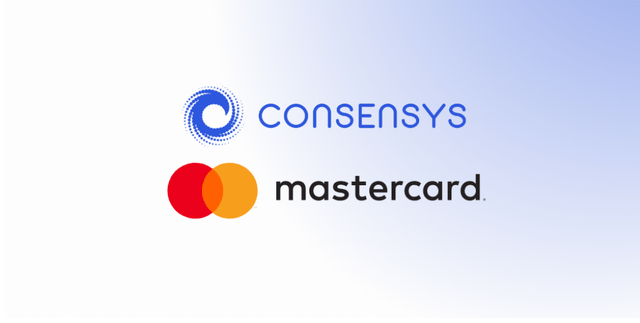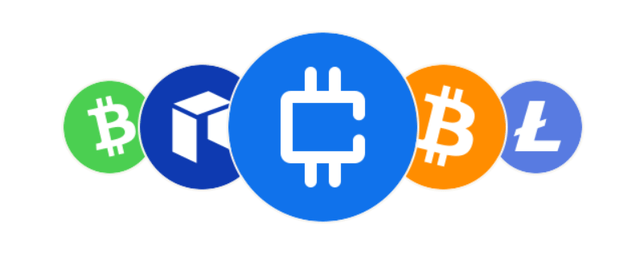
urfinguss/iStock via Getty Images
Big companies don’t want to compete against cryptocurrencies, they want to join them. Currently, America’s largest payments companies view crypto networks as an opportunity for growth and expansion. Beyond simple rebrands, these payments companies (Visa (V), Mastercard (MA), and PayPal (PYPL)) are diligently working to enmesh themselves within the cryptocurrency economy.
With regard to the internet economy, there are two outlying sectors that stand to benefit tremendously from the growth of cryptocurrencies. Firstly, crypto exchanges can benefit by acting as a portal to the web 3 internet (see my argument for this here). And secondly, legacy payment providers can benefit by becoming interoperable with the most popular crypto networks (see the importance for interoperability here).
Why Should Payments Companies adopt Crypto?
When most people see large corporations enter the crypto economy, they often find it unnecessary. For example, people thought Facebook’s (FB) rebrand to Meta to be absurd. For the most part, I think most of these people fail to realize the psychological shift that has emerged throughout the world post-Covid, and they fail to realize the true technological benefits inherent to decentralized networks.
Recently, Visa explained the psychological shift that has occurred to society effectively in a press release with Business Wire, where they presented new research with regard to small businesses and crypto.

Visa 2022 study quote
As explained in the passage above, corporations see crypto not just for its technological benefits, but also for its branding benefits. In a uniquely powerful way, payments companies can benefit from both of these factors by becoming interoperable with crypto.
Big payments companies are already hard at work with this task. Below, I will go over the top three:
Visa
Back in March, Visa built a way to transfer and settle USDC (OTC:USDC) stablecoins on its network. On Thursday (1/13), Visa announced its partnership with Ethereum (ETH-USD) blockchain software company Consensys to create a network specifically designed for central bank digital currencies (“CBDCs”).

Visa / Consensys / CBDC networks
The majority of central banks have already been researching CBDCs for the past year. To me, it seems likely that 2022 will see the release of the first CBDC by a major country (probably China).
With regard to Visa, the company plans to utilize Consensys’s Quorum network to create a ‘CBDC sandbox’ ready by spring 2022. That means that in just a few short months, Visa and Consensys will have completed a scalable and functional network ready for CBDC rollouts.
Mastercard
On December 16th, ConsenSys further announced its work with Mastercard to build Consensys Rollups. Consensys Rollups is a scalable and privacy focused modular software solution, that can be connected to the Ethereum Mainnet or to Quorum’s private networks.

Consensys / Mastercard
Again, Consensys is working with Mastercard with the primary intent the create a platform for CBDCs. Along with digital currency issuance, developers can use Consensys rollups to build DEX’s and other web 3 applications, while users can use the network for micropayments, private transfers, and tax payments.
PayPal
Recently, there have been supposed confirmations that PayPal is ‘exploring’ opportunities to create its own stablecoin. On Jan 7th, Bloomberg reported that code embedded in PayPal’s iOS app mentioned a so-called “PayPal Coin”.

PayPal coin
Source: Bloomberg
However, a PayPal spokeswoman said that the information regarding this coin derives from a recent internal hackathon within the company’s digital asset division. Notably, the images found within PayPal’s iOS app also referenced NEO, a decentralized smart contract platform that is primarily based in China.

PayPal stablecoin
What this tells us is that, similar to Visa and Mastercard, PayPal is actively researching and working with cryptocurrencies.
Stablecoins
There are a few narratives / sectors I am very bullish on for 2022. One of the sectors I have not mentioned yet is stablecoins. Specifically, I think USDC has the most potential for mass retail adoption.
To invest and benefit from the growth of stablecoins, it’s best to look for under-valued crypto exchange stocks and tokens, along with payments companies that plan to utilize stablecoins. Due to this, the payments companies I covered above are strong picks.
With regard to exchanges, I like Voyager Digital (OTCQX:VYGVF), Crypto.com (CRO-USD), and Coinbase (COIN). Each of these exchanges plan to expand their operations and enter the crypto payments industry.
Additionally, if you want to invest directly into stablecoin infrastructure (this is risky), then you can buy Maker (MKR-USD) or Terra Luna (LUNA-USD). Maker is a governance token that maintains the DAI (DAI-USD) crypto-backed stablecoin, while Terra Luna is a layer-1 network that includes its own algorithmically backed stablecoin, TerraUSD (UST-USD).
Conclusion
Big companies are entering the crypto market quicker than you think. In just a few months’ time, fully functional networks will be ready to host retail payments and CBDCs.
Next year, I expect to see the launch of the first central bank digital currency. Most likely, this will occur in China. Also, I expect to see more big moves in the digital payments space, and I expect to see more expansion by crypto exchanges.
Editor’s Note: This article covers one or more microcap stocks. Please be aware of the risks associated with these stocks.
This news is republished from another source. You can check the original article here

Be the first to comment